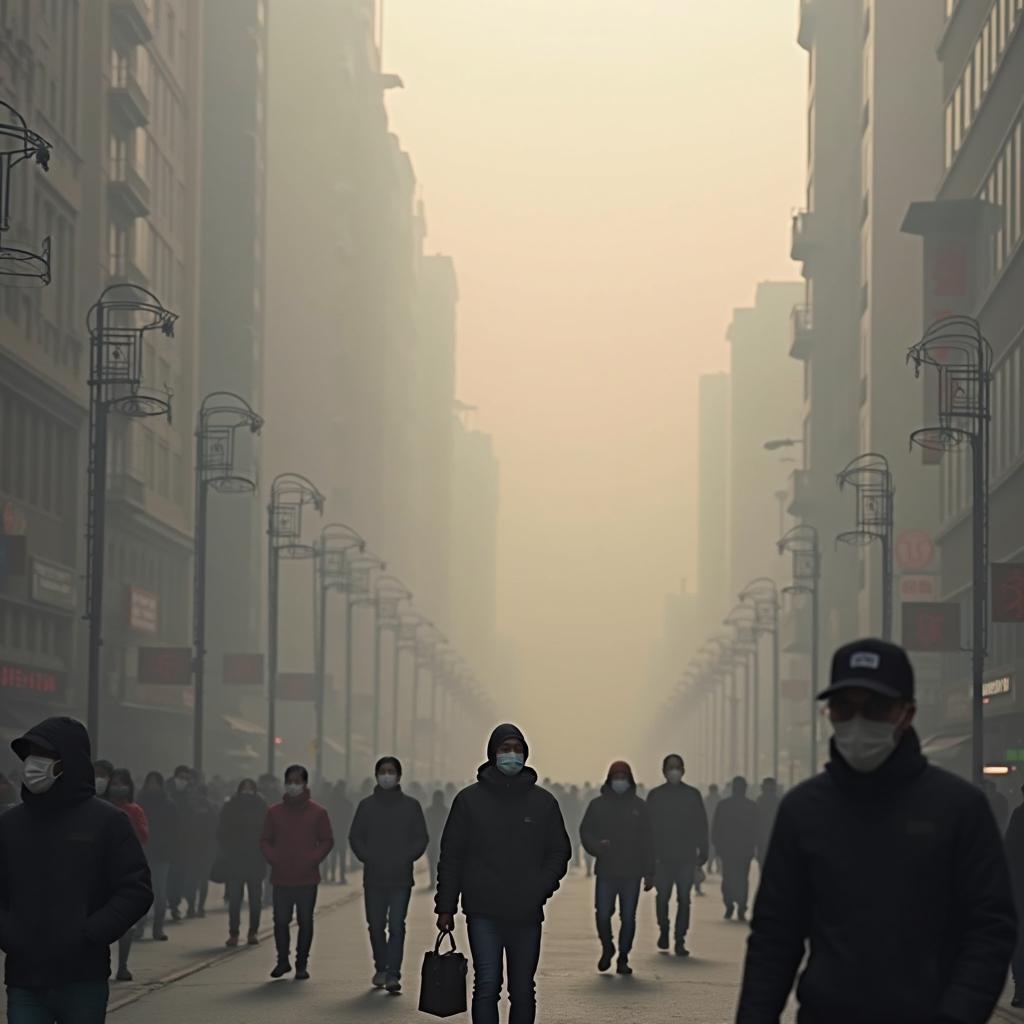Describing polluted places is a common topic in IELTS Speaking tests, particularly in Part 2 and Part 3. This topic allows examiners to assess candidates’ ability to discuss environmental issues while demonstrating vocabulary range and coherent expression.
Table Of Contents
Part 1: Introduction Questions
Common questions in Part 1 related to pollution include:
- Is there serious pollution in your hometown?
- What kinds of pollution are you most concerned about?
- How do you protect yourself from pollution?
Sample answer (Band 8-9):
“While my hometown isn’t as polluted as describe a place you visited where the air was polluted, we do face some challenges with air quality, especially during peak traffic hours. I’m particularly concerned about vehicle emissions and their impact on public health. To protect myself, I regularly monitor air quality indexes and wear appropriate protective gear when necessary.”
Part 2: Cue Card
Describe a polluted place you have visited
You should say:
- Where it was
- When you went there
- What kind of pollution you saw
- And explain how you felt about this pollution
Sample answer (Band 8-9):
“I’d like to tell you about my visit to Beijing during winter 2019, which left a lasting impression on me due to its severe pollution issues. Similar to describe a famous river or lake you visited, this experience was quite memorable, though for different reasons.
The pollution was predominantly atmospheric contamination, with thick smog blanketing the entire city. The Air Quality Index consistently showed hazardous levels, often exceeding 300 PM2.5. The visibility was so poor that I could barely see buildings across the street, and the air had a distinct acrid smell.
The experience was truly eye-opening and made me profoundly aware of the environmental challenges facing major metropolitan areas. It was particularly distressing to see locals treating such severe pollution as a normal part of their daily lives, wearing masks and checking air quality apps as routinely as checking the weather.
What struck me most was how this pollution fundamentally altered daily life. Similar to describe an environmental issue you care about, it made me realize the urgent need for global environmental action.”
 Heavy smog affecting visibility and daily activities in urban area
Heavy smog affecting visibility and daily activities in urban area
Part 3: Discussion Questions
-
What are the main causes of pollution in cities?
Sample answer (Band 8-9):
“The primary contributors to urban pollution are industrial emissions, vehicular exhaust, and unsustainable urban development. These factors are often exacerbated by poor urban planning and inadequate environmental regulations. Unlike describe a tourist destination you recommend, many cities prioritize rapid development over environmental preservation.” -
How can governments tackle pollution effectively?
Sample answer (Band 8-9):
“Governments can implement comprehensive environmental policies including stringent emission standards, investment in renewable energy, and incentivizing green technologies. They should also focus on sustainable urban planning and public transportation infrastructure to reduce private vehicle usage.”
Key Vocabulary and Expressions
- Environmental degradation /ɪnˌvaɪrənˈmentl ˌdeɡrəˈdeɪʃn/ (n): The deterioration of the environment
- Respiratory issues /rɪˈspɪrətəri ˈɪʃuːz/ (n): Problems related to breathing
- Carbon footprint /ˈkɑːbən ˈfʊtprɪnt/ (n): The amount of carbon dioxide released into the atmosphere
- Mitigation measures /ˌmɪtɪˈɡeɪʃn ˈmeʒəz/ (n): Actions taken to reduce negative impacts
- Environmental consciousness /ɪnˌvaɪrənˈmentl ˈkɒnʃəsnəs/ (n): Awareness of environmental issues
Remember to practice these vocabulary items in context and focus on natural delivery while maintaining proper pronunciation and intonation.


